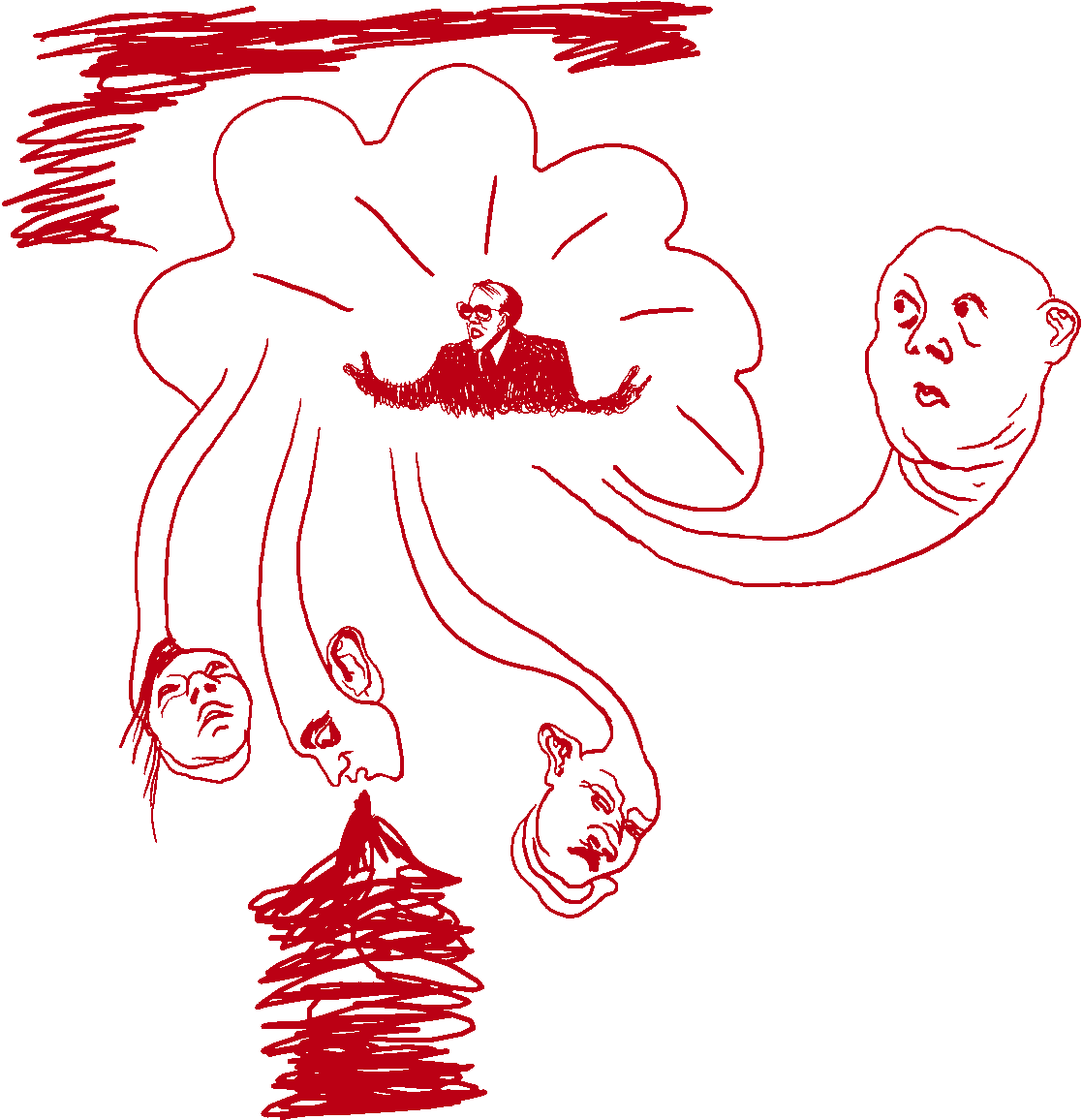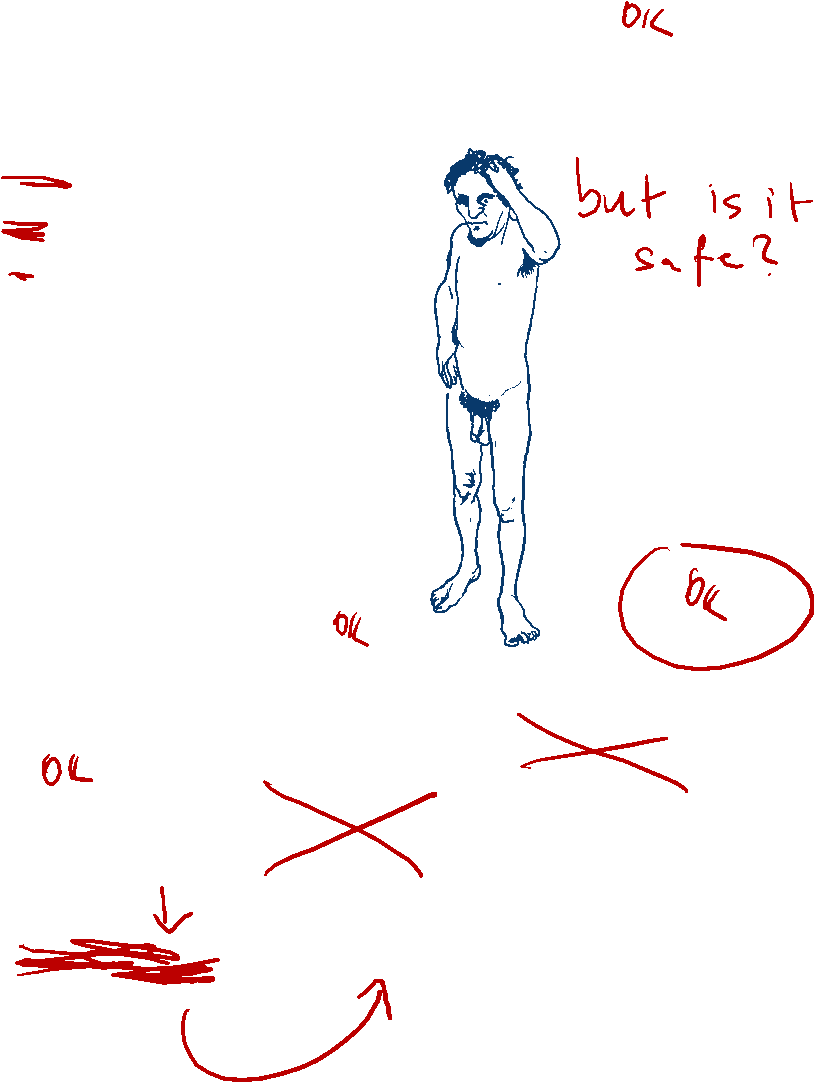
Crown Jewels sparkle in new exhibition —
The Imperial Crown of India was made for King George V's appearance at the Delhi Durbar in 1911. It contains more than 6,000 diamonds and other precious stones, and is the only crown allowed to leave the country -- but it has only been worn once.

Crown Jewels sparkle in new exhibition —
The Imperial State Crown is worn by the monarch at the end of the coronation ceremony, and at formal occasions including the annual opening of Parliament. The current version was made in 1937, and is set with some of the most famous stones in the collection, including the Cullinane II, or Second Star of Africa diamond, and the Black Prince's Ruby. The pearls suspended from its arches are said to have been Queen Elizabeth I's earrings.

Crown Jewels sparkle in new exhibition —
Queen Alexandra's Crown was designed with eight arches, a style typical of her native Denmark. It was originally set with the Koh-i-Nur diamond, which is now in the Queen Mother's Crown -- today it is set with paste stones.

Crown Jewels sparkle in new exhibition —
The Sovereign's Sceptre with Dove dates back to 1661; the bird symbolizes the Holy Spirit.

Crown Jewels sparkle in new exhibition —
The annointing of the new monarch, using holy oil, is one of the first parts of the Coronation ceremony. The Coronation Spoon is the oldest of the Crown Jewels -- it survived the Civil War, and dates back to the 12th century.

Crown Jewels sparkle in new exhibition —
The Crown Jewels collection also contains items created for banquets. This enormous gold salt cellar, in the shape of a castle, was presented to King Charles II after the Civil War by the citizens of Exeter.

Crown Jewels sparkle in new exhibition —
British monarchs are symbolically "married" to the country during their coronation. This coronation ring was made for Queen Victoria, as the traditional one was too large. However, this version was too small, and became stuck on her finger.

Crown Jewels sparkle in new exhibition —
This tiny crown -- which stands less than 10cm tall -- was made for Queen Victoria after the death of her husband, Prince Albert, in 1861; it was designed to be worn over her widow's veil.


